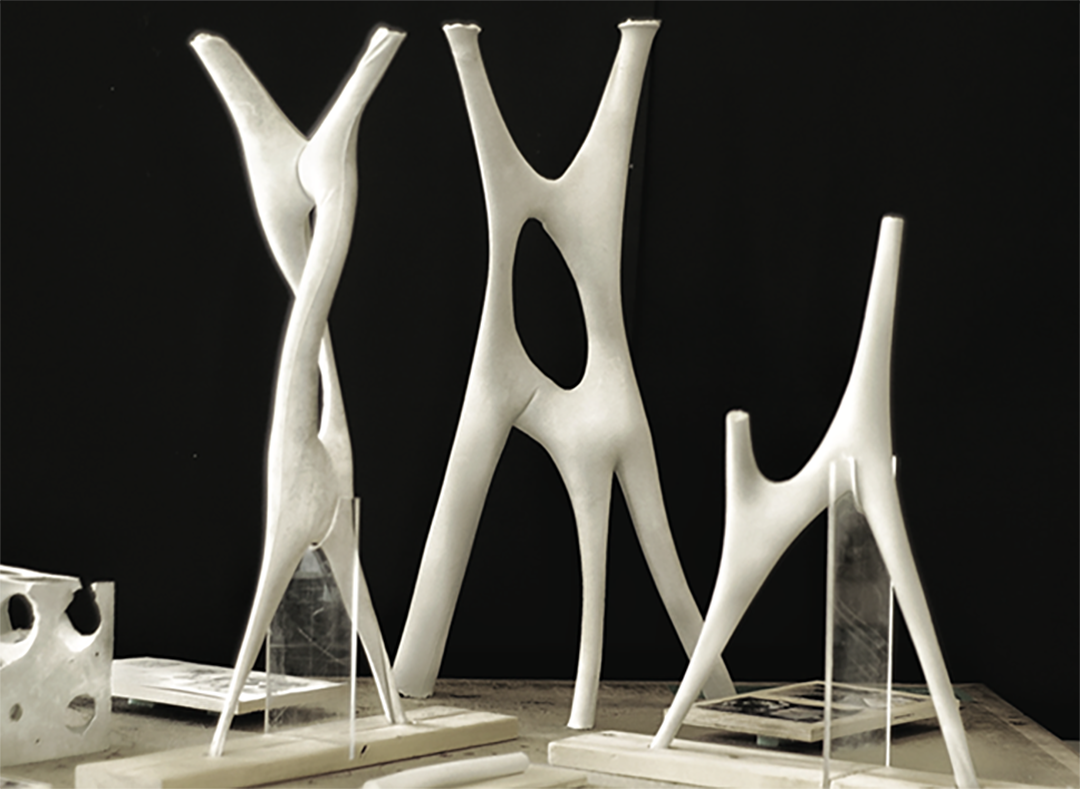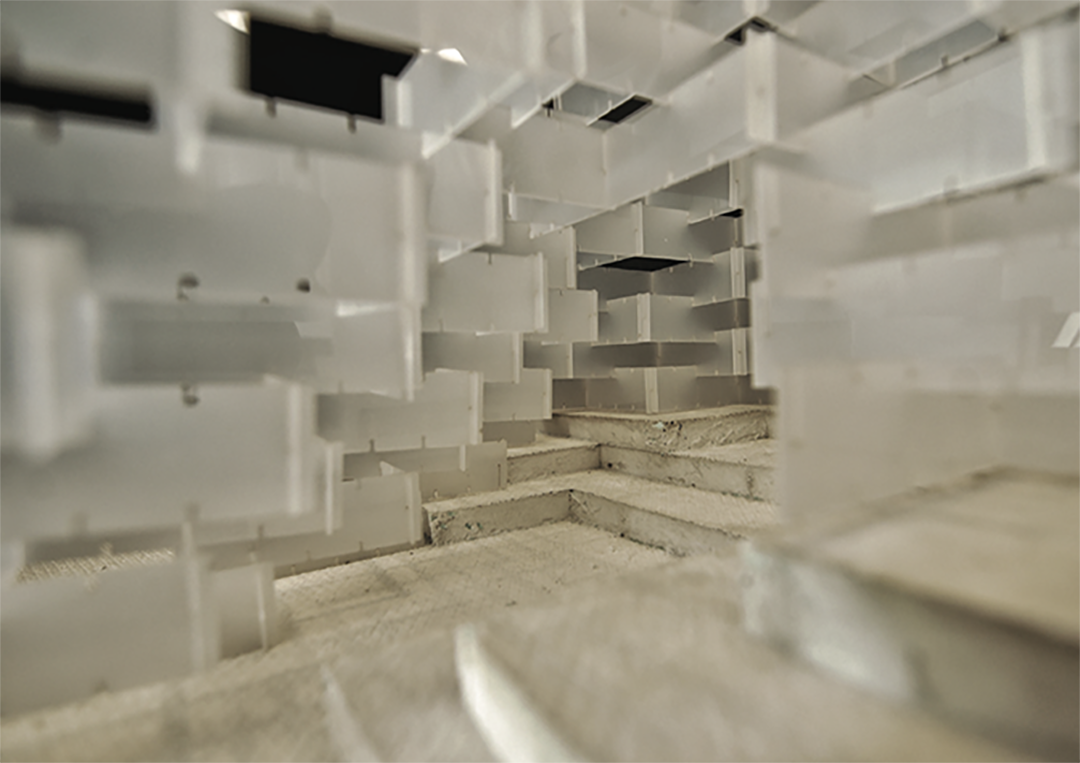MODEL CONSTRUCTION WORKSHOPS
MATERIAL.FORCE.FORM
METU Summer’16-17
 Co-instructors: Seray Turkay, Egemen Kizilcan
Co-instructors: Seray Turkay, Egemen KizilcanThe Model Construction Workshop aims to provide a link between the basic design practices and material, modeling and basic construction techniques. At the end of the first year, the students are provided with the necessary skills to use appropriate materials, and adjust appropriate scales for a given design problem considering its form. Namely, the workshop provides a domain for the students to work and research more on form and materialization of design.
“Every physical being, living and non-living, has to support its materiality against the various forces that are imposed upon it by its environment, such as gravity, wind or atmospheric pressure. Philosophically speaking, the materiality of physical beings can be thought of as embodiment of two intrinsic coincident principles: primary matter itself and its form, its gestalt in space. Both principles are intricately interwoven, and in the physical world one cannot occur without the other: no material is without form and no form exists without materialisation.”[1]
At this stage, after defining a design problem based on the relation among form, material and forces, the students will be asked to research on the given design problem through material experiments and diagrammatic models. Several brief lectures on form and materiality, material properties, basic construction techniques, and computer aided manufacturing tools will be given in order to provide necessary background information to the students. With the guidance of workshop instructors, students are going to develop their own projects and diagrammatic models in groups of 8-9 people. The aim is to develop an understanding of form as a result of materiality and forces that act on matter.
2016 Theme: material . force . form
Form is derived by forces acting on matter. The theme ‘material . force . form’ offers a research domain, where students can explore various materials and their physical properties as the generative drivers of design process. The workshop will internalize the theme of biomimetics as its core and the works produced in the scope of the workshop are expected to inherit properties from biological structures.
The three groups of students will focus on different characteristics of the radiolaria organism. In other words, the three groups will work on finding relations between architectural form and the same biological organism regarding its geometrical and structural interpretations. It is expected to see a multiplicity of such interpretations when inheriting the different properties of the organism, finally resulting in three different studies on construction techniques: self-assembly, tensile/membrane, and formwork.
[1]Achim Menges and Tobias Tchwinn, ‘Manufacturing Reciprocities’, Material Computation: Higher Integration in Morphogenetic Design, 2012.
[1]Toni Kotnik and Michael Weinstock, ‘Material, Form and Force’, Material Computation: Higher Integration in Morphogenetic Design, 2012.









